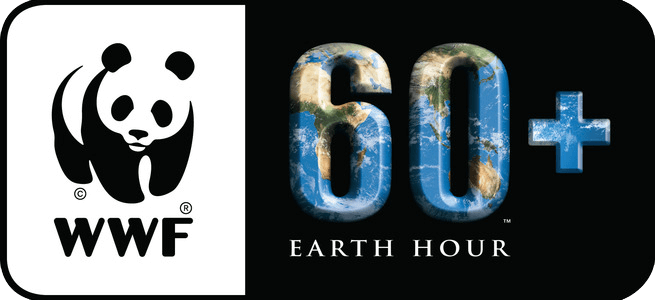The plastic story
P L A S T I C
Inexpensive, light and versatile – plastic came into human society in the 1800s and fit
into different aspects of our everyday lives in ways that we don’t even notice anymore.
It still remains true to its name of origin – the Greek word plastikos, meaning ‘fit for
moulding’.
From bread wrapping to magazines to carry bags to restaurant take-aways, single-use
plastics have become a way of life in India and the world.
But this charming love affair of human society and plastics has one fundamental flaw –
plastic does not die. It sticks in the environment like a deadweight – burdening the
planet with the energy consumed by its increasing production, poisoning oceans and
marine life and filling up landfills at an alarmingly high rate.
Plastic is a lightweight, low density material – easily carried away by rain and wind from
the land into our oceans and seas! With more and more plastic accumulating in the
middle of the sea, it often builds its own island and becomes a rotating patch, picking up
more plastic as it moves with the current. The Great Pacific Garbage Patch is a scary
example of how plastic accumulates in our oceans and makes its way into the stomachs
of marine life that call the ocean their home. Garbage patches can now also be seen in
the Indian Ocean and the Atlantic Ocean!
Marine animals consume tiny particles of plastic, mistaking it for food. According to
reports, more than 1,00,000 mammals, one million sea birds and other marine aquatic
life die because of the plastic they ingest or get entangled in. And if you thought it was
just them, you are mistaken. The toxins released by plastic products, whether they are in
our landfills or our oceans, make their way into the food we eat, through the food chain
having got absorbed in bodies of animals which we consume.
In 1950, the world’s population of 2.5 billion produced 1.5 million tons of plastic; in
2016, a global population of more than 7 billion people produced over 300 million tons
of plastic – with severe consequences for marine plants and animals. India contributes
60% of the plastic waste that goes into the world’s oceans every year. According to an
estimate by the United Nations Environment Programme, 99 per cent of all seabirds will
have ingested plastic by mid-century. What’s worse, only 14% of plastic produced is
collected for recycling worldwide.
But we can change our ways. There are many viable options to go beyond plastic, as
much as we can! All that we really need to do is look for ways in which we can make a
difference.
This earth hour, we need to change this. It’s time to give up single use plastics to
give back to the oceans and rivers that make our lives possible.
Pledge now to give back.
